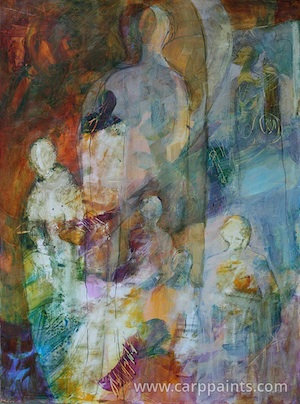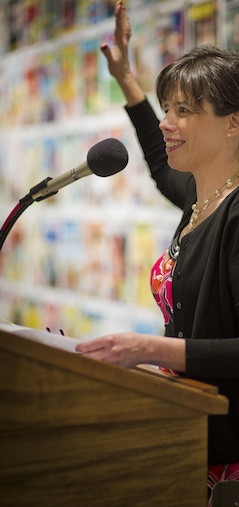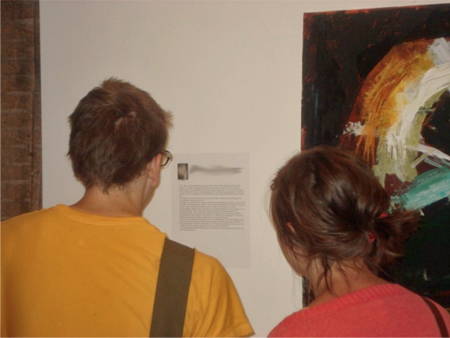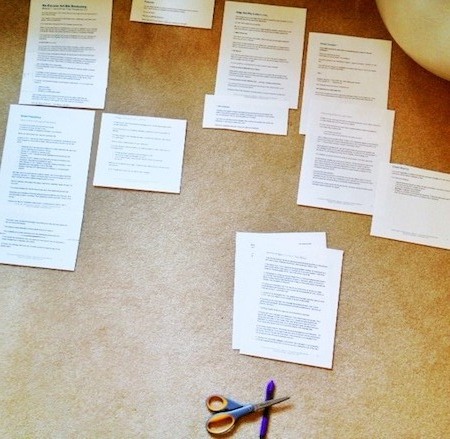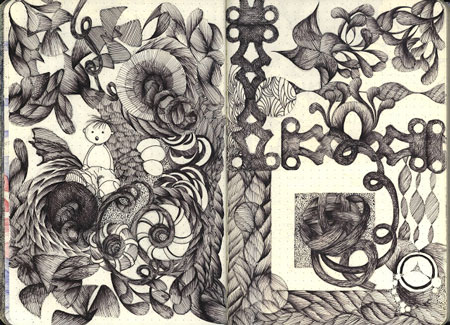Write a Better Artist Statement with These 3 Questions
A strong artist statement is essential to the effective marketing of your art.
There’s no shortcutting this one. You need at least one artist statement for each body of work you create.
Writing your statement is a process. Like any other type of writing or artmaking, you can’t expect to nail it in a single sitting.
And, like all good things that take time, it will be time well spent. The process helps you gain clarity about your art.
If you can’t define your art in a statement, you will likely face difficulty marketing your work. Where else will you get language for wall labels, brochure and website text, informal presentations, and conversations?
Answering these three questions will help you write a better artist statement.
1. What, in particular, do you want people to see in your work? Is it . . .
- Your labor?
- A special material?
- An emotion?
- Color? Line? Texture?
What is important to you?
Discuss how you handle this aspect of your work. The words you choose for your statement should be clues that lead viewers to these discoveries.
Declaring “I love color” is weak language. Who doesn’t love color? Show us exactly how you respond to color and use it to transfer meaning from your head and heart to the viewer.
2. What is a distinguishing characteristic of your art?
Write a Better Artist Statement with These 3 Questions Read


